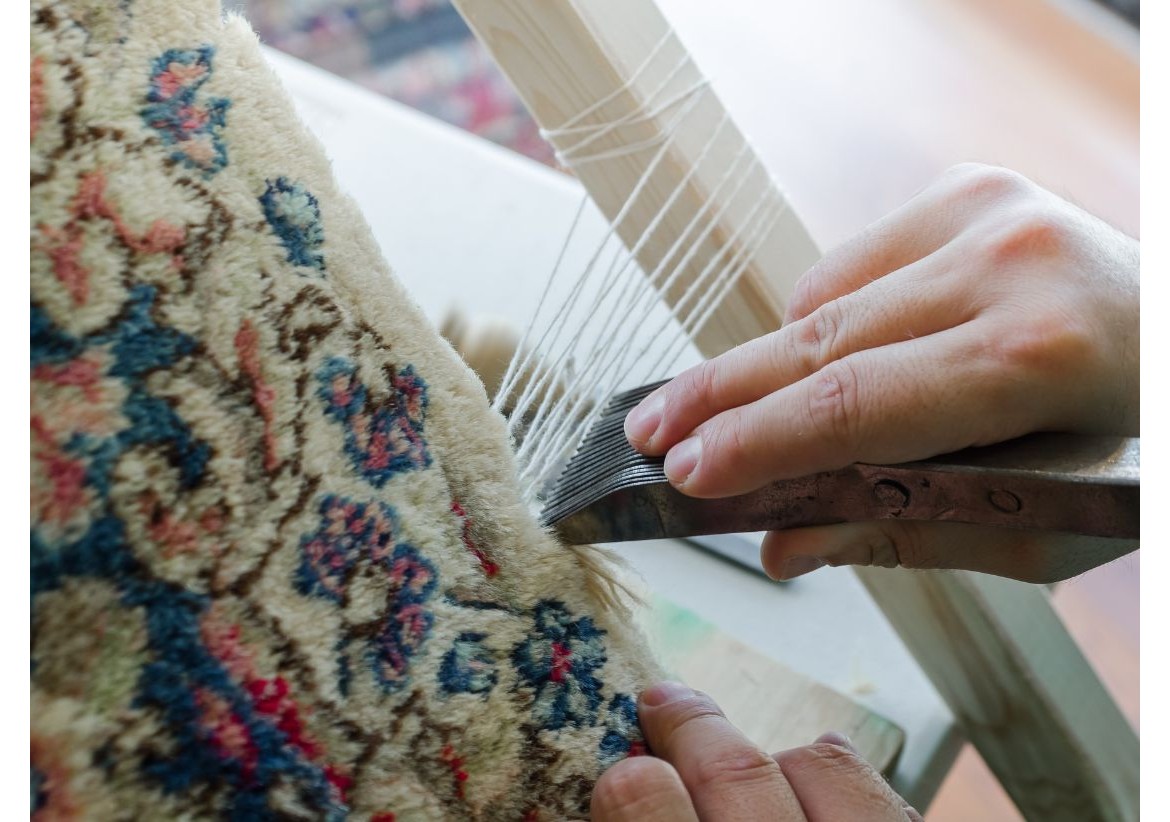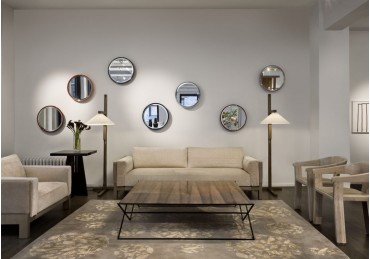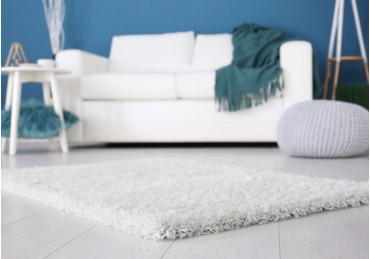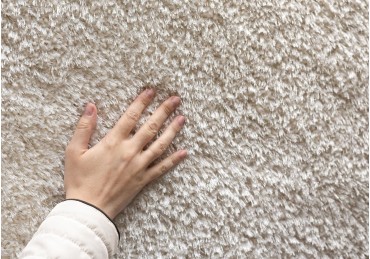Need Help?
+91-120 2328055, +91 9811058105Indian Rugs & Carpets: The Truth and the Origin

Are you looking to create a warm, luxurious, and elegant atmosphere for your guests? You can bring home Indian rugs with exquisite design and functionality that will make your home stand out. No matter what decor style you choose, Indian rugs or Indian carpets can be a wonderful asset. Indian rugs and Indian carpets look stunning in any decor style, whether it's traditional, transitional or mid-century modern, bohemian or mixed.
Indian rugs and Indian carpets are unique. They are highly sought-after not only in India but all around the globe. They add beauty to the floor and enhance the area. Indian carpets are unique and offer a level of detail and intricacy that is unmatched by any other carpet. The beautiful way that Indian carpets have their knots braided is a unique feature. The density of the knots in Indian carpets is higher than in other types. Indian carpets will grab your attention because of the high number of knots per square. Mool Home carpets can have knots ranging from 25 to 194 or more. Each carpet is made up of millions of knots. Individuals used to draw inspiration from the natural world or weave their own stories onto their carpets knot by knot.
Mool Home hand-knotted carpets are a dominant product in India and other countries. Let's look at 6 questions and answers about our carpets.
1. What's the history of Indian rugs?
The great Persian sultan Akbar (1556-1605) introduced carpet-making to India. He brought Persian weavers and skilled pattern painters from Iran. His main goal was to make carpets for his palace. Many magnificent Persian-patterned carpets were made here in the 16th, 17th, and 18th centuries using the finest sheep wool and silk. The quality of carpets declined from the beginning of the 20th century, with the exception of a few smaller works in Amritsar and Srinagar. After India's independence in 1947, commercial manufacturing was resurrected. Despite the fact that most of the weavers moved to Pakistan, they were still able to establish themselves due to the emphasis on education for youth, men, and women.
2. What is the name of Indian rugs?
Many names are used to describe Indian rugs. They have different designs and origins. They can also be called antique or oriental Indian rugs. Many Persian motifs are often imitated. Indian cashmere carpets are becoming more popular because they are made from high-quality natural Silk and are significantly cheaper than Persian silk carpets. Indian knotting incorporates certain Chinese motifs. For example, the Indian Gabbeh is inspired by Iran's well-known Gabbeh rug designs. Despite the decline in carpet production in India, Agra and Amritsar remain well-known centers for carpet knotting in India's north.
3. How are Indian rugs made?
Indian carpets are unique in their designs. Each piece is unique because they are hand-made and inspired by the carvings or surroundings of ancient monuments and buildings. Indian rugs have intricate patterns that are hard to replicate. Every strand of yarn is tied by a hand, making it a work of art. Because of the hands involved in making the carpet, imperfections are inevitable but the result is unique in every aspect.
4. What are some of India's most famous carpets?
India is a country where carpet-making is a passion of many artisans. There is no shortage of high-quality carpets. There are many types of rugs that India produces. The most striking rugs are the Agra rugs. They are made in Agra. Agra rugs are known for their delicate colors and artistic motifs. Historical chronicles reveal that arts and culture were funded in India throughout the history of India. This was especially true during the reigns of Akbar, the Mughal emperor in the 16th Century. The art of rug weaving was once considered a highly skilled form. These luxurious floor coverings were gifted to Indian and foreign palaces.
5. How high quality is Indian handmade wool rugs?
The local weavers handcraft handmade rugs and carpets with great care. Customers' needs are usually met quickly by Indian weavers who create carpets according to their specific preferences, needs, and expectations. Because they are able to create custom-made Indian rugs, customers can find the right rug for them. You can have a handmade rug customized to fit your space if you don't have enough. Indian artisans use high-quality natural materials like silk and wool to create their rugs. Indian artisans use high-quality natural materials like silk and wool to make their rugs. These materials are available both locally and internationally to Indian rug-makers. They buy New Zealand wool which is strong, silky, and well-colored. These enterprises use silk from India or China, which can vary in quality and finish from very lustrous to faintly shiny. They are also strong and durable due to the quality of Indian rugs. These Indian rugs are resistant to environmental influences. Indian rugs and carpets are durable and last for years.
6. What are the most popular types of Indian Carpets, and why?
There are many kinds of Indian carpets and rugs in India. They are classified according to a variety of criteria. The most popular types of Indian carpets include wool, bamboo, cotton, and jute. These carpets make beautiful Indian floor coverings. The Mughal-style carpet, which is the oldest type of carpet, is another popular one. These Persian rugs, and carpets, evolved from Persian designs.
Antique Indian rugs, which aren't exactly the same as Persian carpets, are another attraction. Also, antique Indian carpets are quite expensive. Nearly all of the known antique Indian rugs can be found in museums. They date from the 16th to 17th century and can be broken down into different design types that have different degrees of attribution to eastern or central Persia. Because of their artistic consistency, it is difficult to identify the regions from which they were made.





